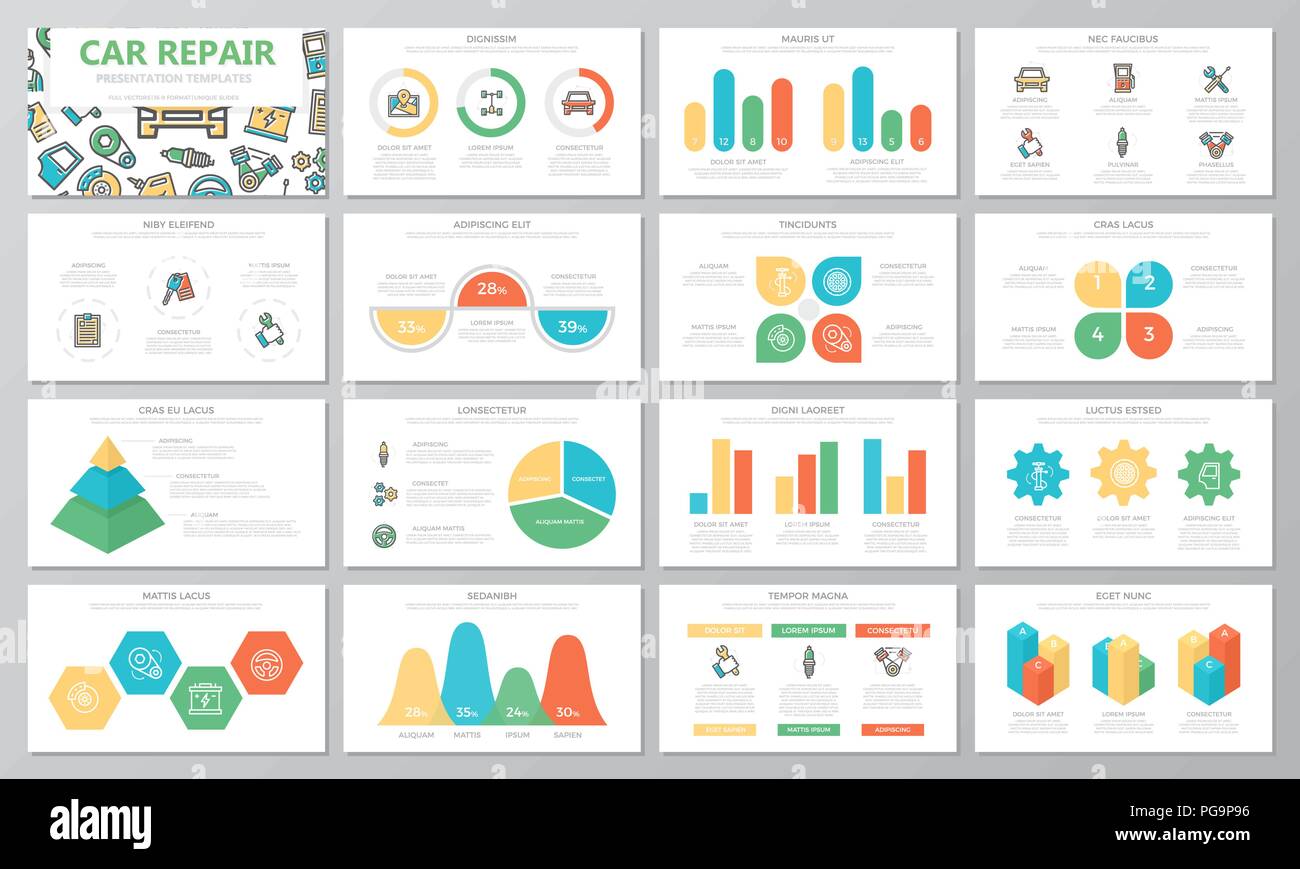Open Up The Hood To Uncover Common Brake System Problems And Their Repairs, However What Regarding Squishy Brake Pedals? Discover The Solution Ahead! Find Out More Listed Below
Open Up The Hood To Uncover Common Brake System Problems And Their Repairs, However What Regarding Squishy Brake Pedals? Discover The Solution Ahead! Find Out More Listed Below
Blog Article
Writer-Prater Brooks
When it involves your automobile's brake system, recognizing common problems can save you from potential safety threats. From determining brake pad wear to resolving brake fluid leakages, understanding just how to deal with these troubles is vital. However what regarding those mushy brake pedals? There's a solution for that too. Keep tuned for more information concerning these issues and the practical services that can maintain you securely when driving.
Brake Pad Use and Substitute
When it concerns preserving your vehicle's brake system, one essential aspect to keep an eye on is the wear and substitute of brake pads. Brake pads are crucial parts that press versus the brake rotors to decrease or quit your automobile. Over time, these pads wear down as a result of rubbing, requiring regular examination and substitute to ensure your brakes work effectively.
To determine if your brake pads require substitute, pay attention for shrilling or grinding sounds when you apply the brakes. In addition, if your automobile takes longer to quit or you observe vibrations or pulsations when braking, it may be time to replace the brake pads.
Disregarding source website can result in reduced stopping performance, damages to various other brake components, and even brake failing.
Replacing brake pads is a relatively straightforward procedure for many cars. Nevertheless, if you're uncertain or uncomfortable executing this task, it's best to get in touch with a specialist technician to ensure correct installment and optimal brake efficiency.
Routinely examining and replacing brake pads is essential for your safety and security and the durability of your vehicle's braking system.
Brake Fluid Leaks and Maintenance
To guarantee your vehicle's brake system functions optimally, it is very important to also pay attention to brake liquid leakages and upkeep. Brake fluid is critical for transferring the force from your foot on the brake pedal to the real braking mechanism. One common issue with brake fluid is leaks, which can take place due to scrubby brake lines, seals, or connections. If you observe a pool or trickles under your auto, it's essential to resolve the leak promptly to prevent a prospective brake failure.
On a regular basis inspecting your brake liquid level is crucial to keeping your brake system. Low brake fluid can bring about air entering the brake lines, which endangers stopping performance.
Additionally, old or polluted brake fluid can impact the total effectiveness of your brakes. It's recommended to follow the supplier's standards on when to transform the brake fluid, usually every 2 years.
Spongy Brake Pedal: Bleeding Brakes
If you've ever experienced a mushy brake pedal while driving, you recognize the importance of maintaining a company and receptive braking system. One common cause of a mushy brake pedal is air caught in the brake lines. When air gets in the brake system, it can lead to a loss of hydraulic pressure, leading to that distressing squishy sensation when you press the brake pedal.
To solve you can try this out , bleeding the brakes is essential. Hemorrhaging the brakes involves eliminating the air from the brake lines to restore proper hydraulic pressure.
To hemorrhage the brakes, you'll require an assistant to aid you. Start by situating the brake bleeder shutoff on each wheel, typically located near the brake caliper. With a wrench, loosen up the shutoff and have your assistant press the brake pedal while you observe any kind of air bubbles coming out. Repeat this process for every wheel, starting from the wheel farthest from the master cyndrical tube and relocating closer.
As soon as you no more see air bubbles and only clear liquid arises, tighten up the valve and top up the brake liquid tank as needed. Bleeding the brakes aids ensure a company brake pedal and improves overall braking performance.
Conclusion
Now that you understand common brake issues and just how to repair them, you can guarantee your car's security and efficiency. Remember to pay attention for warning signs like shrilling sounds or squishy brake pedals, and address them immediately. Routine upkeep and timely replacements are essential to keeping your brakes in leading condition. Stay positive and mindful to your brake system to appreciate safe and trustworthy driving experiences.
